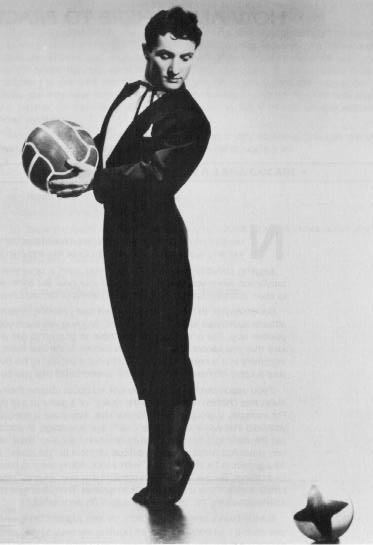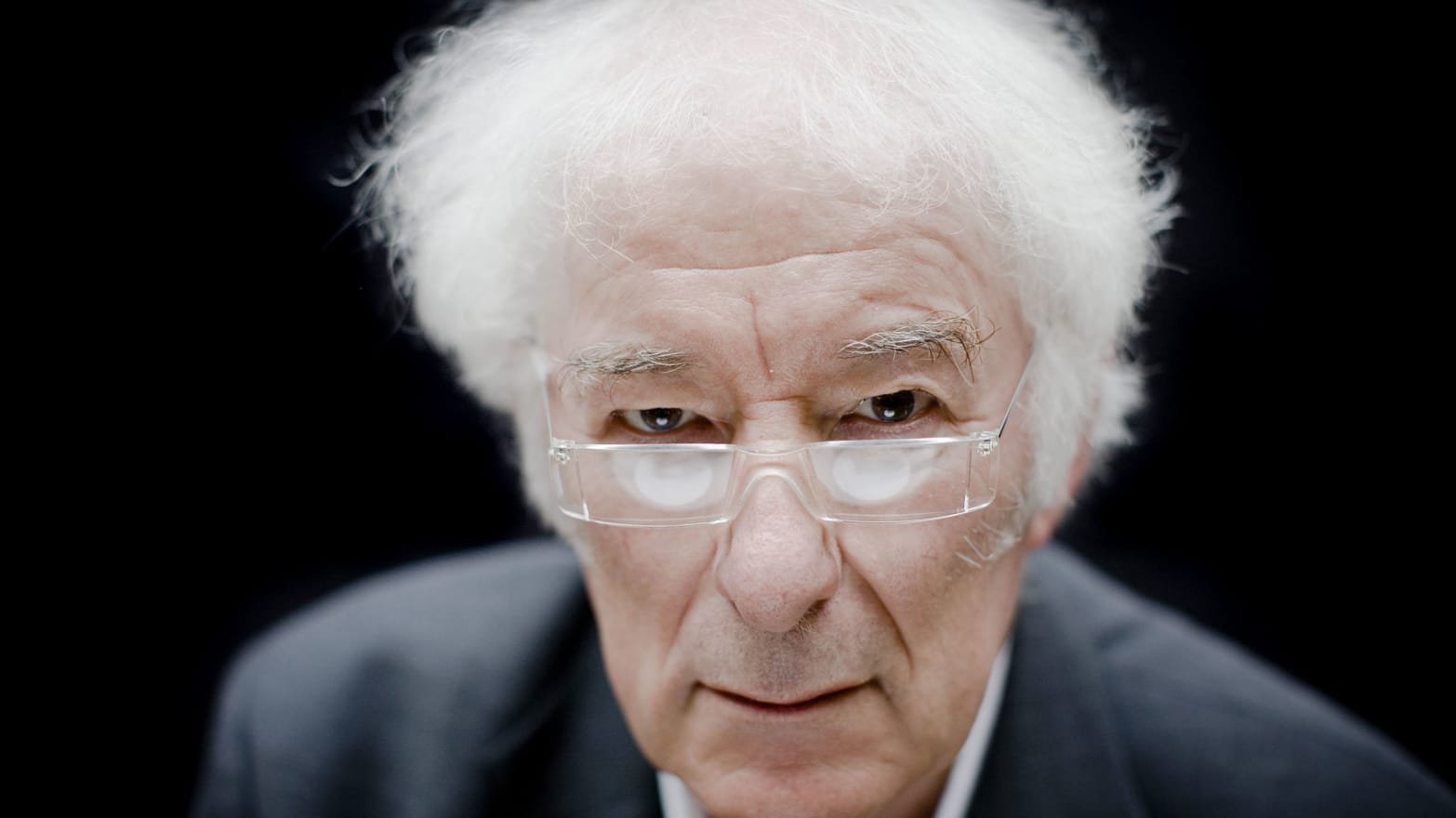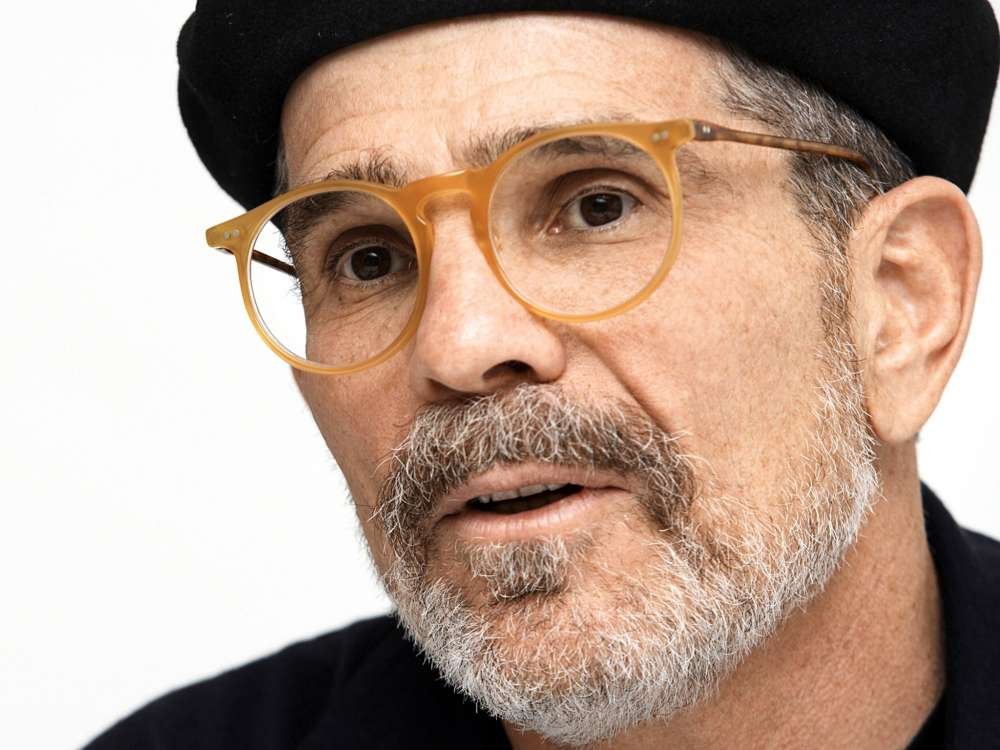
our residents
your details are private
To protect our privacy in a world where websites can be scoured to find out our information, we do not share resident’s names and contact details online.
However, if you would like to access the residents’ opt-in list, which is password protected, use the link which has been separately provided. If you have not provided your details for the list and would like to, click here. If you’ve lost the link to view the list of residents, email the Board.
but who are my neighbors today?
Today we have a resident roster of wide-ranging diversity in our building:
…musicians, writers, artists, comedians, art dealers, academics, professors, jewelry designers, ceo’s, performance artists, graphic designers, movie stars, photographers, businesspeople, gardeners, architects, lawyers, agents, athletes, covert ops, interior designers, accountants, techies, rock icons…
We have a varied and talented group of amazing neighbors.
and who lived here in the past?
Our building has had some truly interesting occupants during its life.
Read on to discover who was incarcerated here involuntarily and who actually chose to live at Riverbank South.
some infamous residents…
During its time as a prison between 1930 and the 1970s, our building was home to some very interesting inmates with stories as colorful as the neighborhood.
Ethel and Julius Rosenberg were held here as they awaited trial in for espionage in 1950-51, before eventually being executed in Sing Sing in 1953. The married couple were convicted of spying for the Soviet Union, including providing top-secret information about American radar, sonar, jet propulsion engines, and nuclear weapon designs.
When they married in 1939, the two were already active members of the Communist Party and their conviction was construed by some as a bit of pander to the increasingly vitriolic anti-communism of the period, coming from Joseph McCarthy and his associates.
Few death-penalty executions equal the controversy created by the electrocution of the Rosenberg. A worldwide campaign for mercy was mounted and failed. The couple were the only spies executed during the Cold War and the first to suffer that penalty during peacetime.
Following their deaths, the two were frequently regarded as victims of cynical and vindictive officials of the FBI. Highly sympathetic portraits of the Rosenbergs were offered in major novels, including E.L. Doctorow’s The Book of Daniel (1971) and Robert Coover’s The Public Burning (1977). (The former was released as the motion picture Daniel in 1983.) The controversy over at least Julius’ guilt was seemingly resolved in the early 1990s after the collapse of the Soviet Union and the release of intelligence that confirmed his involvement in espionage.
The poet Robert Lowell was born into a Boston Brahmin family that could trace its origins back to the Mayflower. Nonetheless, he was imprisoned here on 11th street in 1943 at the beginning of his prison sentence for refusing to serve in WWII as a conscientious objector. He explained his decision not to serve in World War II in a letter addressed to President Franklin Roosevelt on September 7, 1943, stating, "Dear Mr. President: I very much regret that I must refuse the opportunity you offer me in your communication of August 6, 1943 for service in the Armed Force."
One of his fellow inmates recalled that Lowell was in a cell next to Lepke Buchalter, the renowned gangster of Murder Inc, who is reported to have said to him: “I’m in here for killing. What are you in here for?” To which Lowell responded: “Oh, I’m in here for not killing.”
Later in the 1950s, he wrote about his time in prison on 11th Street in the poem "Memories of West Street and Lepke". The image-filled poem is a complex personal narrative of the time the poet spent in prison. He refers to the later time period in which he was writing as the “tranquilized Fifties.” compared to his past, when he was passionate about his beliefs and chose to “tell…off the state and the president.” He valued his “fire-breathing” opinion and the consequences of serving time in prison.
in his poem about his time in our building, he wrote:
“…Given a year,
I walked on the roof of the West Street Jail, a short
enclosure like my school soccer court,
and saw the Hudson River once a day…”
Following his release, he went on to be appointed the sixth Consultant in Poetry to the Library of Congress, where he served from 1947 until 1948. In addition to winning the National Book Award, he won the Pulitzer Prize for Poetry in 1947 and 1974, the National Book Critics Circle Award in 1977, and a National Institute of Arts and Letters Award in 1947. He is "widely considered one of the most important American poets of the postwar era."
Dashiell Hammett, an American writer of detective novels, a screenwriter and political activist was imprisoned here for refusing to testify to the House Committee on Unamerican Activities. Lillian Hellman, his lover, mentions visiting him here in her memoir, Pentimento.
He is probably best known as the author of The Maltese Falcon and The Thin Man and among the characters he created are Sam Spade (The Maltese Falcon), Nick and Nora Charles (The Thin Man), The Continental Op (Red Harvest and The Dain Curse) and the comic strip character Secret Agent X-9.
In his obituary in The New York Times, he was described as "the dean of the... 'hard-boiled' school of detective fiction”. His novels and stories also had a significant influence on films, including the genres of private eye/detective fiction, mystery thrillers, and film noir.
Frank Costello was an Italian-American crime boss of the Luciano crime family who became known as “The Prime Minister of the Underworld”. He was the leader of the 104th Street gang, an Italian gang based in Harlem which ran small operations like burglary, assault, and robberies. He soon began to make a name for himself as a criminal. Later, while working for the Morello gang in 1918 Costello met Lucky Luciano and immediately became good friends with him. They became partners along with other well-known mobsters, Meyer Lansky, Bugsy Siegel, Vito Genovese, and Gaetano Lucchese. Their national crime syndicate was involved with robbery, extortion, theft, gambling, and narcotics but later, during Prohibition era, turned their focus to bootlegging.
When all mafiosos were called to appear in front of the grand jury during the Kefauver hearings in 1952, most pled the 5th Amendment, but Costello did not and was arrested and charged with contempt. He served 18 months and was then found guilty of tax evasion in 1954 and was sentenced to five years in prison. Apparently for part of his incarceration, Costello lived in the cell on the corner of 11th Street and West, now 1E. He’d sit in the window; his henchmen would stand on the corner, and he’d get news and give them the orders for the day.
As he was released from jail 1957, Costello miraculously survived an assassination attempt ordered by Vito Genovese and he relinquished power to Genovese and retired, dying in 1973.
and some just plain famous residents…
Once it became a co-op, our building attracted bohemian, interesting people who eschewed the banality of uptown and sought the progressive lifestyle represented by the West Village. Notable past residents included (but definitely, not limited to!) the following well-known names in the realm of the arts and business.
Francis Brunn, a world-famous juggler, owned apartment 3A. Originally from Germany, Brunn took up juggling in 1939, joining a traveling show that played all over Europe. He moved to America to join the Ringling Brothers circus. He twice performed for President Dwight D. Eisenhower and did the Command Performance for Queen Elizabeth in 1964. He performed in Judy Garland's show at the Palace Theatre in New York in 1967.
Though he is believed to have been the first performer to juggle 10 rings, he was best known for his seemingly simple, though very difficult routines, often involving a single ball, that required great control.
Brunn helped Philippe Petit financially for the 1974 walk on a tightrope between the Twin Towers of the New York City's World Trade Center.
Seamus Heaney was an Irish poet, playwright and translator who rented in our building during the late 1900s. He received the 1995 Nobel Prize in Literature for "works of lyrical beauty and ethical depth, which exalt everyday miracles and the living past". Among his best-known works is Death of a Naturalist (1966), his first major published volume. American poet Robert Lowell described him as "the most important Irish poet since Yeats". Heaney's 1996 collection The Spirit Level won the Whitbread Book of the Year Award; he repeated the success in 1999 with Beowulf: A New Verse Translation.
Although he had posts in Ireland, England and the United States, he spent time in New York when he became a tenured faculty member at Harvard, as the Boylston Professor of Rhetoric and Oratory (formerly visiting professor) 1985–1997, and the Ralph Waldo Emerson Poet in Residence at Harvard 1998–2006. In 1989 Heaney was elected Oxford Professor of Poetry, which he held for a five-year term to 1994.
So well attended and keenly anticipated were his public readings, that those who enthusiastically queued for tickets were sometimes dubbed "Heaneyboppers", suggesting an almost teenybopper fan base.
Gregory Hines, renowned an American dancer, actor, choreographer, and singer lived in apartment 4A. He is one of the most celebrated tap dancers of all time. As an actor, he is best known for The Cotton Club, White Nights, and playing Ben on Will & Grace. Hines starred in more than 40 films and also appeared on Broadway. He received many accolades, including a Daytime Emmy Award, a Drama Desk Award, and a Tony Award, as well as nominations for a Screen Actors Guild Award and four Primetime Emmy Awards.
David Mamet lived in our building for 2 years. He an American playwright, filmmaker, and author. He won a Pulitzer Prize and received Tony nominations for his plays Glengarry Glen Ross and Speed-the-Plow.
Feature films that Mamet both wrote and directed include House of Games, Homicide, The Spanish Prisoner, and his biggest commercial success, Heist. His screenwriting credits include The Postman Always Rings Twice, The Verdict, The Untouchables, Hoffa, Wag the Dog, and Hannibal. He created and produced the CBS series The Unit.
In 2002, Mamet was inducted into the American Theater Hall of Fame. Mamet later received the PEN/Laura Pels Theater Award for Grand Master of American Theater in 2010.
Mamet's style of writing dialogue, marked by a cynical, street-smart edge, has come to be called Mamet speak. Mamet himself has criticized his (and other writers') tendency to write "pretty" at the expense of sound, logical plots. When asked how he developed his style for writing dialogue, Mamet said, "In my family, in the days prior to television, we liked to while away the evenings by making ourselves miserable, based solely on our ability to speak the language viciously. That's probably where my ability was honed."
Famed film-still photographer, Anne Marie Fox, lived in apartment 3A and worked extensively in New York, Italy, France, England and Czech Republic. Her initial foray into film-still photography came on the set of Kenneth Branaugh's "Frankenstein" while engaged to actor Robert DeNiro who also starred in the film. Her photos of DeNiro remain some of the most iconic images of him. Her photography is ubiquitous, with almost every film you’ve seen featuring her photos on its poster and promos.
And yes, she was a Playboy’s Playmate of the month in February 1982.
Francis Hines was an American artist known for his large-scale public wrapped works. He lived, with his wife Sondra, in apartment 1G until 2016 when he passed at 92.
Hines started creating three-dimensional artworks during the 1960s, creating works formed by "embedding numerous found objects into a series of diorama-like wall hangings featuring historical figures dutifully wrapped in tin foil and various fabrics." His first wrapped building was a tenement building in the East Village in 1978, wrapped with "1,500 yards of heavy white synthetic gauze fabric over its façade."
As part of the effort to clean up and revitalize the Washington Square Arch and draw attention to the poor condition of monuments within New York City, NYU commissioned him to create his best-known artwork, the wrapping of the Washington Square Arch. He used 8,000 yards of synthetic white fabric and the result was described as "a giant bandage for a wounded monument." He also wrapped at least ten buildings within New York City including parts of JFK Airport and the Port Authority Bus Terminal.
Interestingly, in 2017 after his death, many of his paintings and drawings were found in a Connecticut dumpster by a mechanic. They were re-exhibited in 2022.
Sonya Heller, singer, songwriter, composer - lived in apartment 3G. A multi-award winning artist with an impressive track sheet, her compositions have been performed from Carnegie Hall in NYC to the Olympia Theatre in Paris. During her time on W11th she wrote an album inspired by and named it for our street!
Of herself, she says “She speaks to Spirits. Rather, they speak to her. They tell her stories. She writes them down. She’s often up all night with this bunch.”
Matt Damon rented an apartment in our building early on in his career in 1997/1998, together with his then girlfriend, Minnie Driver, and prior to their somewhat messy public breakup in 1998. As if you need to be told, Damon and Driver are American actors. Damon, also a film producer, and screenwriter, has received many awards and nominations, including an Academy Award and two Golden Globe Awards, in addition to nominations for three British Academy Film Awards and seven Primetime Emmy Awards.
Damon gained prominence in 1997 when he and Ben Affleck wrote and starred in Good Will Hunting, along with Minnie Driver, which won Damon the Academy Award and Golden Globe for Best Screenplay and Driver, nominations for Best Supporting Actress.
You are sure to know Damon’s other films, but here you go: Mystic Pizza, The Talented Mr. Ripley, the Bourne franchise, the Ocean's trilogy, Saving Private Ryan, Syriana, The Departed, The Informant! , Invictus, True Grit, Contagion, Ford v Ferrari, Stillwater, The Last Duel, Air, and Oppenheimer.
For her part, Driver is best known for her television roles in The Riches, Speechless, About a Boy, and Will & Grace. Driver is also well-known for her work as a talented vocalist.
A Welsh-American businessman who was knighted in 1999, Howard Stringer lived at 377 with his wife during the 1980s. He had a 30-year career at CBS, culminating in him serving as the president of CBS News from 1986 to 1988, then president of CBS from 1988 to 1995.
He helmed Tele-TV (an early video on demand enterprise) from 1995 to 1997, when it ceased operations, ahead of its time and ultimately unsuccessful.
After various executive roles at Sony, he came to serve as chairman of the board, chairman, president and CEO of Sony Corporation from 2005 to 2012, before he was ousted in the wake of a 60% stock price decline. Stringer expressed his frustrations with his time at Sony, saying, "Running a big company is like running a cemetery: there are thousands of people beneath you, but no one is listening. It was a bit like that at Sony."
He was also the head of the board of trustees of the American Film Institute and has served as a non-executive director of the BBC.
John Foley and his family lived in apartment 4D in the 2000s. He was a cofounder of Peloton and the face of the company. The online exercise bike established a cult-like following and John became a celebrity in its own right as he made frequent appearances on financial television and hit the headlines as a self-made billionaire when his company went public in 2019. Although Peleton took off during the pandemic, it subsequently fell precipitously, and the media was quick to report that he lost his billionaire status in November 2021 as Peleton’s stock price plummeted. He resigned as CEO in February 2022 as the stock fell even more and stepped down as chairman in September 2022.


































